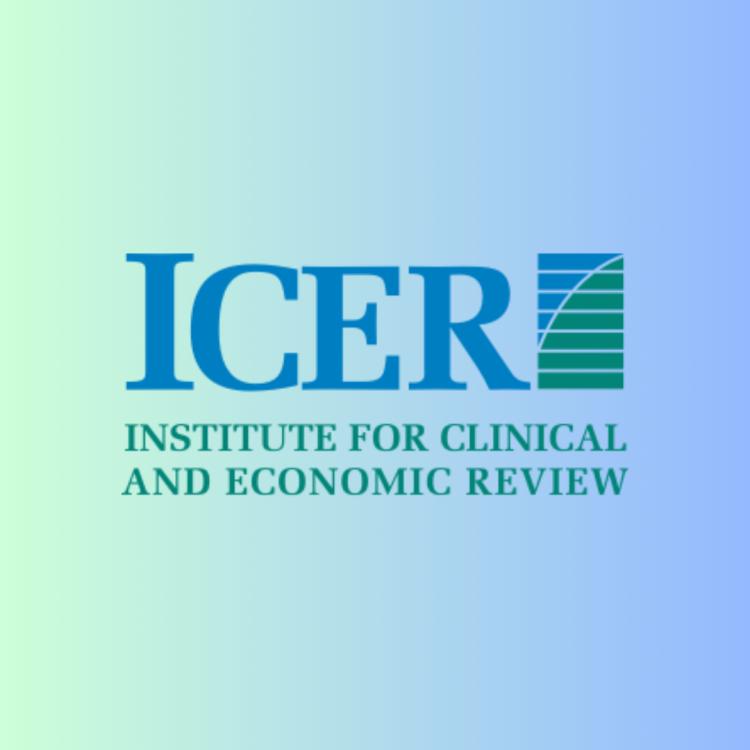Today, the Institute for Clinical and Economic Review (ICER) released the latest iteration of its consistently flawed Unsupported Price Increase (UPI) report.1 ICER’s UPI reports are subject to substantial methodological limitations that undermine the reliability and applicability of their findings, particularly for informing patient access and policy decisions.2 NPC continues to view ICER’s UPI reports as doing more harm than good.
One of the many limitations of ICER’s UPI methodology is its failure to adjust for inflation when estimating net price year-over-year changes for prescription drugs. This omission violates best practices for conducting economic analyses 3 ,4 and leads to findings that overstate the magnitude – and sometimes even the direction – of annual drug price increases.
A recent NPC study published in the Journal of Medical Economics illustrates this point.5 By simply inflation-adjusting ICER’s top-line claim using CPI-U (setting aside other limitations of ICER’s report), the estimated $815 million “increase” becomes instead a $10 million decrease. The omission of inflation-adjusted analyses alone undermines the validity and credibility of ICER’s UPI reports for informing access and policy decisions. Moreover, ICER has not acknowledged methodological limitations in their UPI report, despite including comprehensive limitations sections in all their other reports.
NPC has consistently highlighted6 several additional limitations that continue to plague these reports, rendering them ineffective for policymaking:
- Rejecting the vast majority of evidence: The Appendix of ICER's UPI report is rich with peer-reviewed publications submitted by manufacturers supporting the value of their products, much of which is used by payers and cited by FDA guidance on communicating healthcare economic information. However, ICER rejects the majority of this evidence and then illogically concludes the price increases are “unsupported by evidence.” Out of 1,237 pieces of evidence submitted for the five UPI reports from 2019 to 2023, only 46 pieces (3.7%) were accepted by ICER.7
- Unreliable pricing data: The net price data ICER uses has notable limitations, raising questions about the validity of any analyses involving specialty, injectable, or oncology drugs8 —the majority of the products ICER evaluates.
- Misalignment with ICER’s core value assessment framework: The UPI methodology contradicts ICER's core value assessment framework.9 ,10 ,11 The reports’ narrow scope precludes any discussion of value or market dynamics (including all aspects of price dynamics), while the focus on one- to two-year periods ignores the long-term effects of medicines on patients’ well-being and fluctuations in cost and health spending.
It is time for ICER to retire this fundamentally flawed report that misleads stakeholders and risks driving harmful policy decisions.
- 1https://icer.org/https://icer.org/wp-content/uploads/2024/12/UPI_2024_Report_121224.pdf
- 2https://www.certara.com/white-paper/icers-unsupported-price-increase-report-unfit-for-policymaking
- 3https://jamanetwork.com/journals/jama/fullarticle/2552214
- 4https://www.sciencedirect.com/science/article/pii/S1098301513042356
- 5https://www.tandfonline.com/doi/full/10.1080/13696998.2024.2428109?scroll=top&needAccess=true
- 6https://www.npcnow.org/resources/icers-upi-report-unsupported-policy-information
- 7https://www.valueinhealthjournal.com/article/S1098-3015(24)00177-3/fulltext
- 8https://www.healthaffairs.org/do/10.1377/forefront.20220308.712815
- 9https://www.npcnow.org/resources/icer-pricing-report-creating-dialogue-or-just-playing-headlines
- 10https://www.npcnow.org/resources/creating-dialogue-or-just-playing-headlines-third-time-isnt-charm-icers-pricing-report
- 11https://icer.org/wp-content/uploads/2023/10/ICER_2023_VAF_For-Publication_101723.pdf
